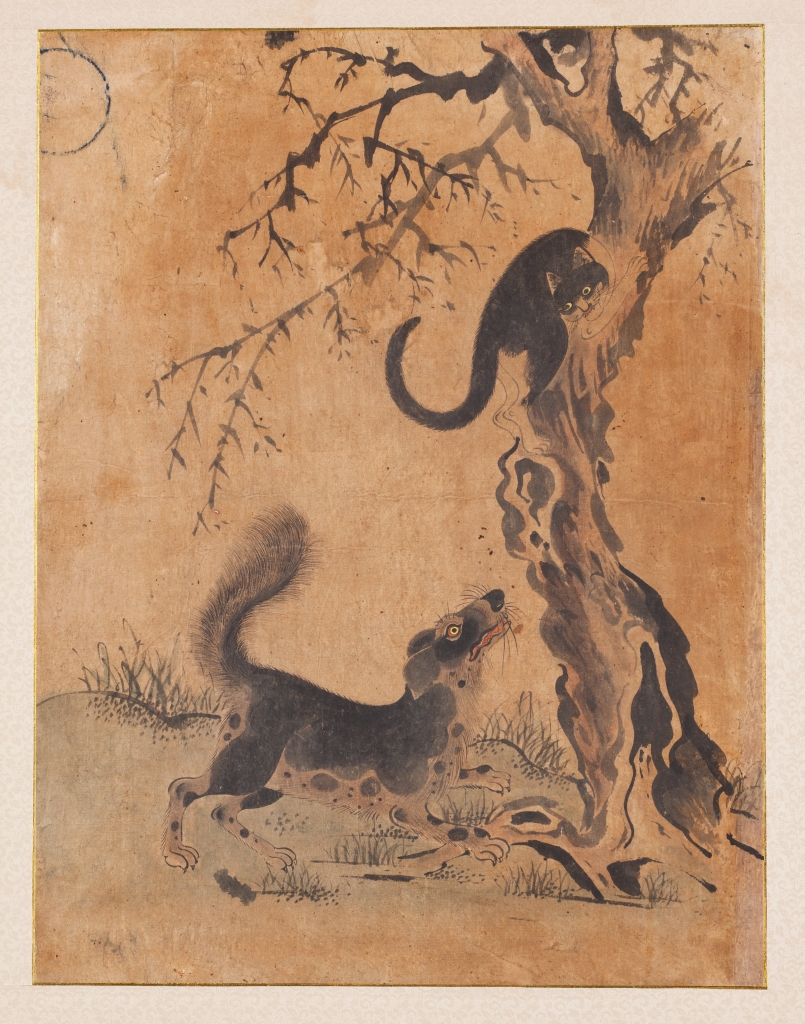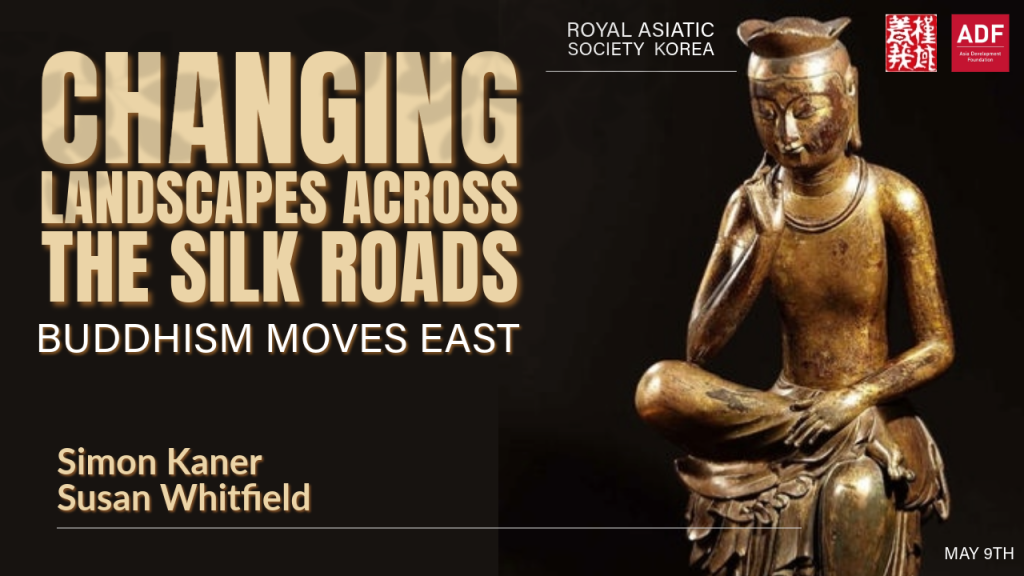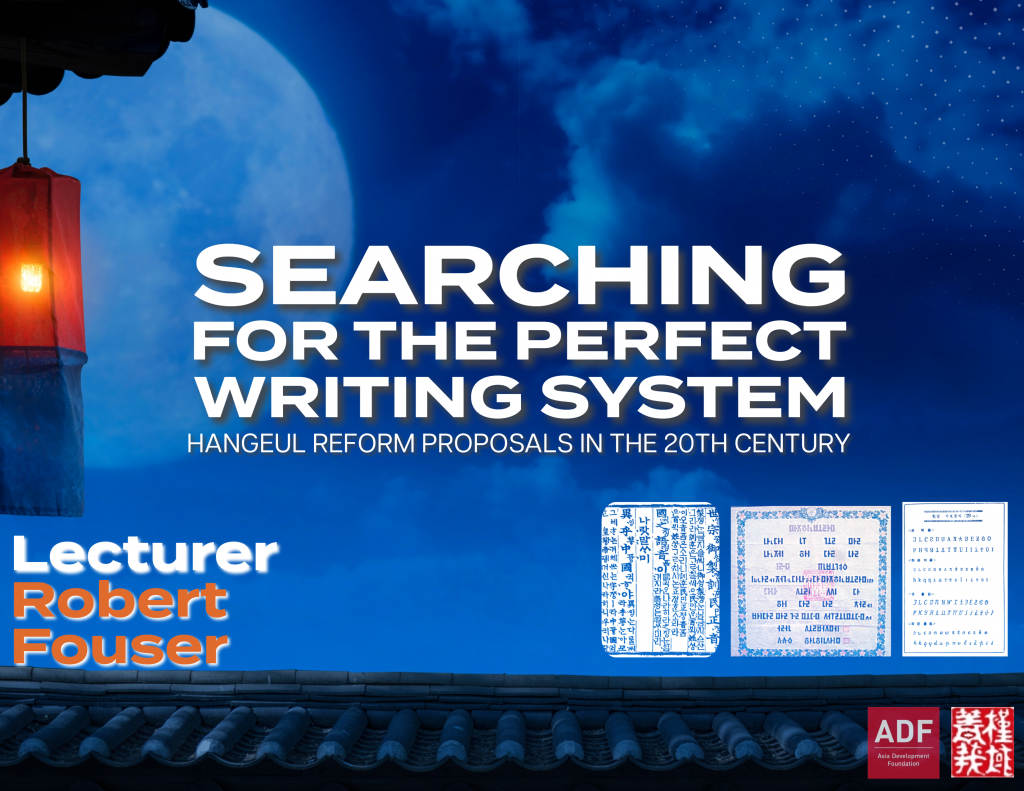

[Colloquium] Manwŏltae: The Complex History of the Koryŏ Royal Palace in Kaesong
June 1, 2023 @ 6:00 pm - 8:00 pm KST
Seoul Colloquium in Korean Studies
(Organized by the Seoul Center of the ÉFEO and RAS Korea)
Manwŏltae: The Complex History of the Koryŏ Royal Palace in Kaesong
Speaker: Sem Vermeersch
The June 2023 session of the “Seoul Colloquium in Korean Studies” organized jointly by the Seoul Center of the EFEO and RAS Korea will be held as an in-person event on Thursday, June 1st in the Grand Conference Room (Room number 310), of the Asiatic Research Institute, Korea University, beginning at 6:00 pm.
DATE: Thursday. June 1st, 2023. 6:00PM (KST).
VENUE: Grand Conference Room (#310), the Asiatic Research Institute, Korea University
[Take Exit 1 from Korea University subway station, turn right onto the footpath leading up onto the campus. Walk straight up the road past LG Posco Hall, the Business School and Main Library (all on the right hand side). The Asiatic Research Institute is the building next after the Library (Building 39 on the Campus Map http://oia.korea.ac.kr/
All who wish to participate must register in advance by sending an email to efeoseoul@hotmail.com
[Photo above: Manwŏltae during Emperor Sunjong’s Inspection Tour to the Northwest 1909 @ National Palace Museum of Korea]
SUMMARY:
The site of the former royal palace of the Koryŏ (918-1392) kings, now habitually called Manwŏltae (“full moon terrace”), is a vast complex that has been only partially excavated, and about which Koryŏ-era records are scant. Moreover, very little information has been published in English. This presentation constitutes an attempt at ascertaining what we know about the palace, what might still be uncovered, and what kind of distortions have taken place. It tries to achieve this by a critical review of the main witness account, by the Chinese visitor Xu Jing (1091-1153; visited Koryŏ in 1123), and of the way his testimony (the Koryŏ togyŏng 高麗圖經 1124) has been used in contemporary scholarship. Ironically, for the places where Xu Jing’s testimony can best be tested, from the entrance gate of the palace (Kwanghwa-mun) to the main palace hall, the Hoegyŏng Hall, contemporary archeological and academic efforts have been the weakest. By contrast, where his account is more problematic—for most of the rest of the palace—efforts have been the most intense. Of course the zeal to uncover new information is what drives scholarship, but at times a correction is needed, and here I have tried to do this by focusing on the Hoegyŏng Hall.
BIO:
Sem Vermeersch is an associate professor of department of Religious Studies at Seoul National University. He got a PhD in Korean history, The Power of Buddha : The Ideological and Institutional Role of Bouddhism in the Koryŏ Dynasty (918-1392) at SOAS, University of London. He has published a number of books and articles on Koryŏ history including The Power of the Buddhas: The Politics of Buddhism During the Koryŏ Dynasty, 918-1392 (2008), and A Chinese Traveler in Medieval Korea: Xu Jing’s Illustrated Account of the Xuanhe Embassy to Koryo (2016).
We hope that as many as possible of you can join us for this event.
Élisabeth Chabanol, Head of the Seoul Center, French School of Asian Studies/École française d’Extrême-Orient (EFEO)
Brother Anthony, President Emeritus, Royal Asiatic Society Korea



